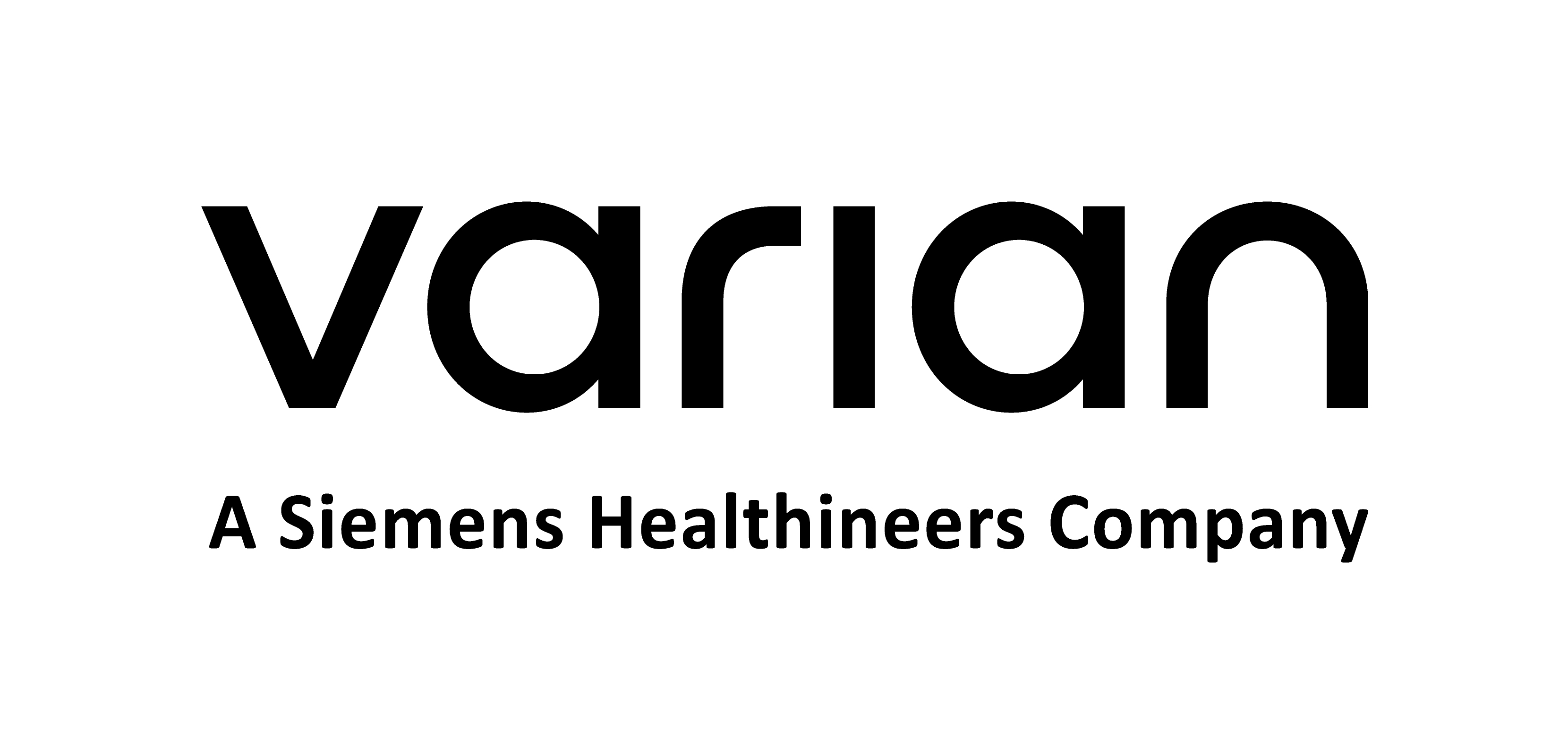Title Page
-
Equipment Name
-
Part Number
-
Line/Area
-
Workstation/ Facility location
-
Date and Time of Audit
-
Auditor
General Conditions
-
No exposed or contactable live points - Live Contacts are touch proof
-
All unused openings/ punch outs in housings effectively closed
-
Housings and enclosures damage free - No damage that could compromise the safety of the enclosure
-
Housings and enclosures are suited to the operating environment and of industrial grade (i.e. acidic, dusty, metal fabrication, or wet environments
Markings
-
Manufacturer's name as marked on the equipment - Name plate listing manufacurer, identification, FLA, electircal included?
-
The Voltage is marked on the equipment - record voltage in comments section
Disconnecting
-
All disconnection means (eg: main breakers) are labelled to indicate exact purpose, OR the purpose is obvious - main disconnect and lock out points are labeled
-
All disconnection means (eg: main breakers) are lockable in open (switch off) position -when required > 16 amps?
-
All disconnection means (eg: main breakers) are clearly visible from the equipment access point or the location is clearly noted
-
All disconnection means (eg: main breakers) are freely accessible with 36" of clearance and able to open to door to 90 degrees with no blockage or impediment - eg: trollies, cart, tote boxes, product storage, bins, etc.
-
Emergency stop buttons, where they are required, are clearly visible and accessable from all the points the equipment operator is expected to be - and are marked and color coded (red/yellow) as required.
Access Requirements
-
Is there no requirement for examination, adjustment, servicing, or maintenance of equipment while energized? Single soucce is generaly excluded. (if yes then the following access section does not apply)
-
for 0-150 Voltage a minimum clear distance of 3ft is present?
-
(Condition A) for 151-600 Voltage with exposed live parts on one side and no exposed or grounded parts on the other is minimum clear distance of 3ft is present?
-
(Condition B) for 151-600 Voltage with exposed live parts on one side and grounded parts on the other is minimum clear distance of 3.5ft is present?
-
(Condition C) for 151-600 Voltage with exposed live parts on both sides is minimum clear distance of 4ft is present?
-
All equipment doors or hinged panels are capable of opening at least 90deg or are fully removable.
-
The minimum headroom is 6.5ft or the height of the equipment, whichever is greater (may be reduced to 6.25ft if built before Aug 13 2007). If electrical enclosure under a work bench then record that fact in the comments section
-
The required clear distance is clearly marked off on the floor and is clear of ANY storage
-
Adequate illumination is provided about the equipment and service area
-
Electrical enclosures are designed and constructed in a way that a tool is required to gain access
Switchboards, distribution boards or panels for control of light or power circuits
-
Main electrical panels are located in dedicated spaces and access controlled with warning signage on door
-
Space equal to the width and depth of the Switchboards, distribution boards or panels, shall be kept clear
-
Space above the Switchboards, distribution boards or panels shall be kept clear for 6ft or to the ceiling whichever is lower
-
No services that could damage the Switchboards, distribution boards or panels, from debris, fall or leakage, except sprinkler, is routed above the equipment
Switchboards, distribution boards or panels for control of light or power circuits
-
are located in dedicated spaces and access controlled with warning signage on door
Completion
-
Overall Comments
-
Auditor (Name and Signature)













